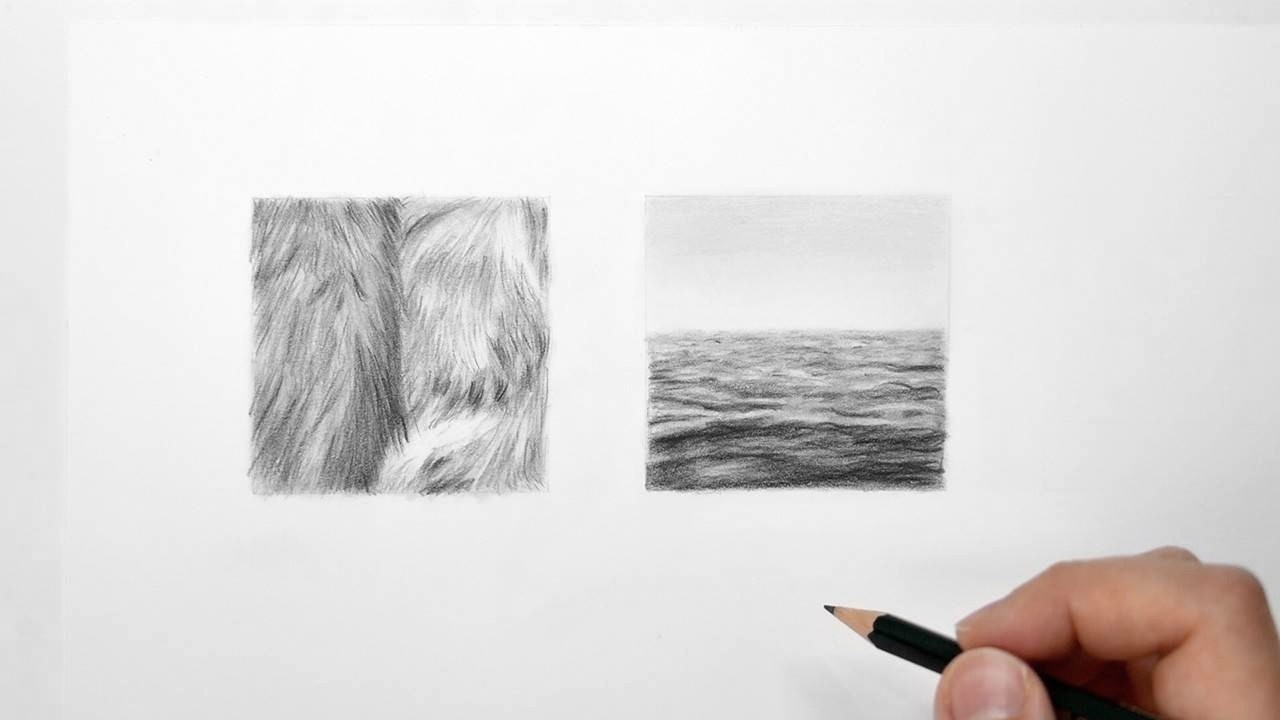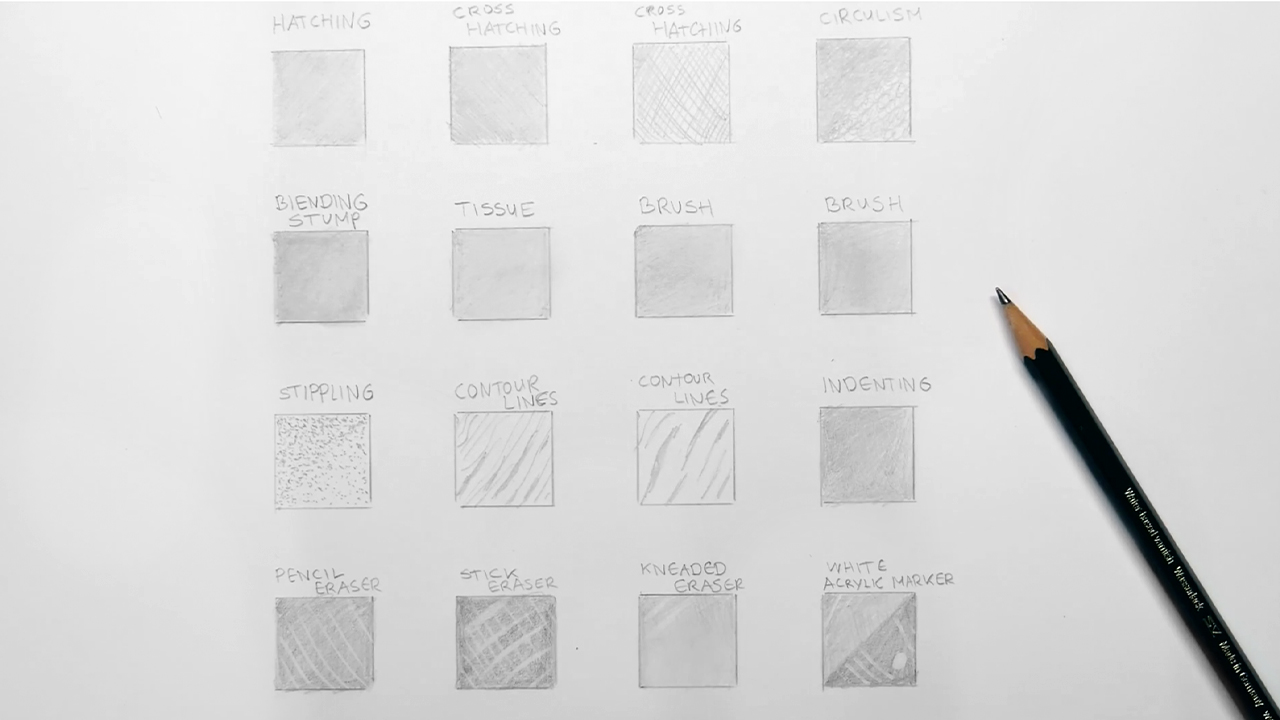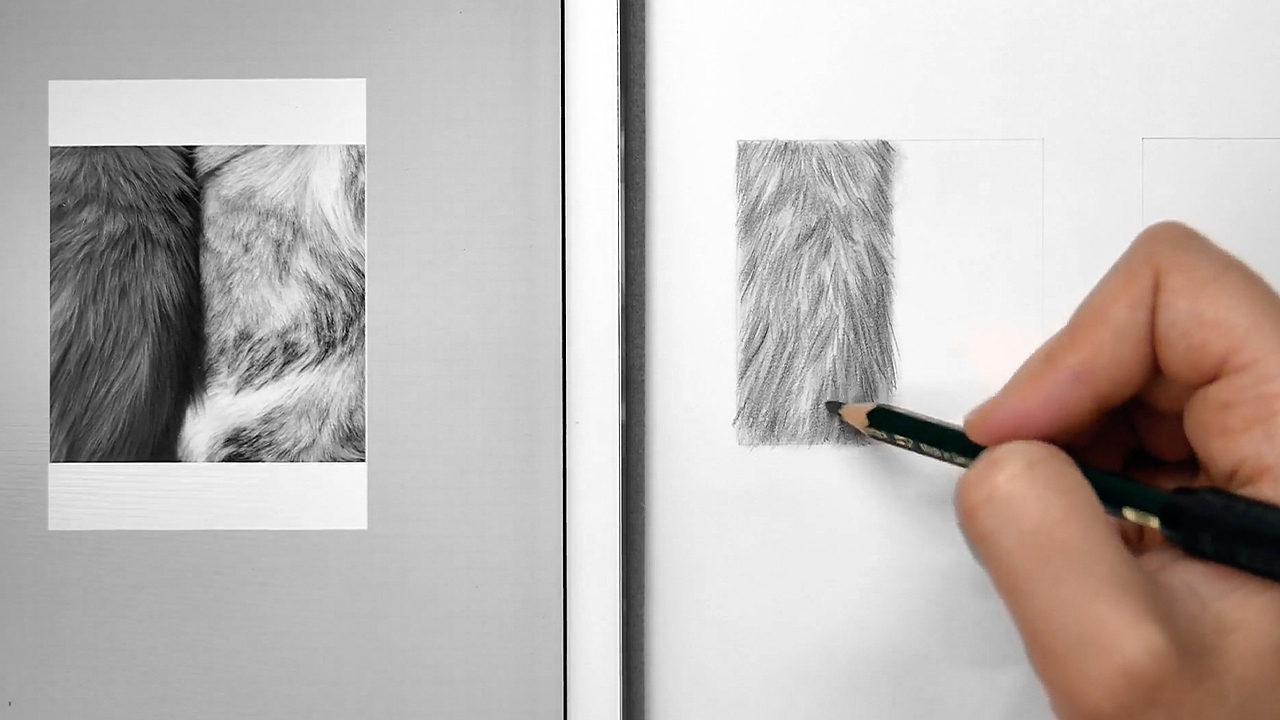Creating the Illusion of Texture
Jul 12, 2021
Element of Art: Texture
Texture is one of the elements of art. The elements are line, shape, form, space, value, texture, and color. We cover them all in a series of blogs.
Texture refers to the way something feels! But how can you draw what you can normally feel by touching it?
The key to creating the illusion of texture is value. By adding different mid-tones, highlights and shadows, your drawing will look like it has texture.
Read more about value: https://emmykalia.com/blog/practice-creating-value
Different shading techniques will help you create different textures.

Shading techniques used to create texture:
- Hatching - use smooth lines very close together to create a smooth texture
- Cross-hatching - use smooth lines close together and then go over it again in the opposite direction like a cross to create a line texture. When you draw the lines further apart you’ll create a rougher texture (for example the texture of jeans material)
- Circulism - shade in tiny circular movements and overlap the circles. You can use this technique for skin texture because skin is rarely smooth. You can use small or big circles, draw them close together or further apart for different effects.
- Blending - fill in the shape and use a blending tool to smooth it out. As a blending tool, you can use a blending stump, soft tissue, or a brush.
- Stippling - add a lot of small dots, draw them closer or further apart. This can be used for freckles on a face in a portrait or for the fur of animals.
- Contouring - draw straight and curved lines. For drawing wood for example. The lines can be made light or dark, hard or soft, thick or thin, this can also be used to draw wrinkles and lips
- Indenting - this can be done with an embossing tool or an empty mechanical pencil. You will make indentations in the paper and after you will shade over it very lightly.
- Eraser to create texture - shade your shape using several layers, then use a clean pencil eraser to create highlights by erasing the pencil layer in lines. You can also use a stick eraser or a kneaded eraser. This technique can be used to create highlights in hair for example.
- White acrylic marker - shade your shape and go over the pencil layer creating white lines or circles with the white acrylic marker. This can be used to create the brightest highlights in the pupil of an eye for example.

Every texture you create is just a repetition of some kind of line, shape, or value.
To draw textures you can combine different shading techniques or you can make up your own, using the different pencils and tools you have.
To practice drawing texture you can look at objects around you or use reference photos. Try drawing different subjects and use the shading techniques that best describe the texture.
In the drawing course within my membership, I will teach you all the basic elements of art step by step and give you plenty to practice with. Want to join? Check out the details here.
Emmy
Want to be notified of new blog posts?
Sign up and you'll receive an email when a new blog is posted.
We won't send spam and you can unsubscribe at any time.
